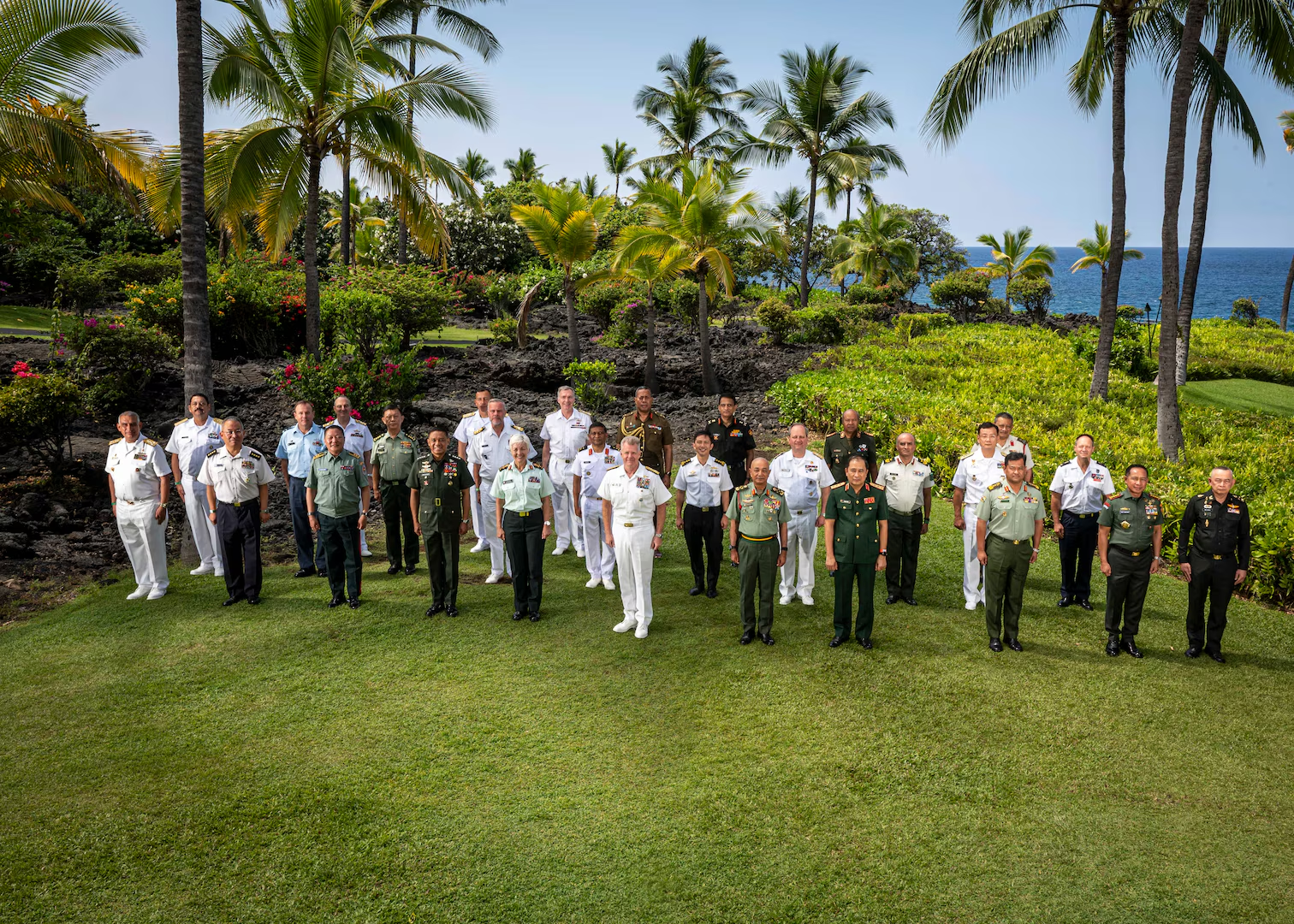When dovish, soft-spoken Fumio Kishida became Japan’s 100th prime minister in October 2021, a briefing paper for U.S. President Joe Biden focused on two characteristics: “competence” and “caution.”
The memo by Christopher Johnstone, then U.S. National Security Council director for East Asia, highlighted Kishida’s competent service as foreign minister for five years under former Prime Minister Shinzo Abe while also speaking of his perceived caution toward bold initiatives.
Views in Tokyo of Biden before he took office in January 2021 were not all that different.
He had similarly displayed steadiness as vice president to President Barack Obama from 2009 to 2017. While Biden was expected as president to bring back a level of policymaking stability that had been lost during Donald Trump’s 2017-2021 administration, Japan’s ruling Liberal Democratic Party (LDP) had long found it easier to get things done with Republicans in the White House.
Yet looking back at the unprecedented tightening of the U.S.-Japan alliance over the past three years, Johnstone, now Japan chair at the Center for Strategic and International Studies (CSIS) in Washington, told Nikkei Asia, “My memo underestimated what was going to prove to be possible.”
What has turned out to be possible has been no less than a comprehensive reconceptualization of the U.S.-Japan alliance, as exemplified by Biden and Kishida declaring after a meeting at the White House in April that their two nations would be “global partners for the future” as well as Washington’s announcement last month that it would upgrade its military headquarters in Japan into a unified joint operational command to parallel Tokyo’s new force structure.
 U.S. President Joe Biden welcomes Japanese Prime Minister Fumio Kishida to the White House on April 10: They declared their nations would be “global partners for the future.” © Reuters
U.S. President Joe Biden welcomes Japanese Prime Minister Fumio Kishida to the White House on April 10: They declared their nations would be “global partners for the future.” © Reuters
Under Biden, the U.S. has moved away from treating Japan as one of a handful of bilateral Asia-Pacific allies, but instead as a strategic copilot, as seen in the formation of new ad hoc trilateral and multilateral groupings with nations including South Korea, the Philippines and Australia.
The deepened level of coordination has been particularly evident in the Indo-Pacific region, where shared concerns about aggressive Chinese expansionism have led to new security structures and a tightened controls on technology exports. But it has also been manifested on a global level, as highlighted by Japan’s material support for U.S.-led efforts to bolster Ukraine in its war with Russia.
But now with Kishida and Biden suddenly signaling their imminent departure from office and amid uncertainty over their successors, the future direction of the reinforced U.S.-Japan alliance is in question even as key issues, including the funding of Japan’s defense buildup and the fate of Nippon Steel’s planned buyout of U.S. Steel, remain unresolved.
On the one hand, there is unease about the direction Biden’s successor — either Vice President Kamala Harris of the Democratic Party or the Republican Trump — might take in regard to the alliance.
“From Japan’s standpoint, we understand where former President Donald Trump stands on national security and China,” said Koichi Isobe, a retired three-star Japan Ground Self-Defense Force general. “This is not the same with Harris.”





